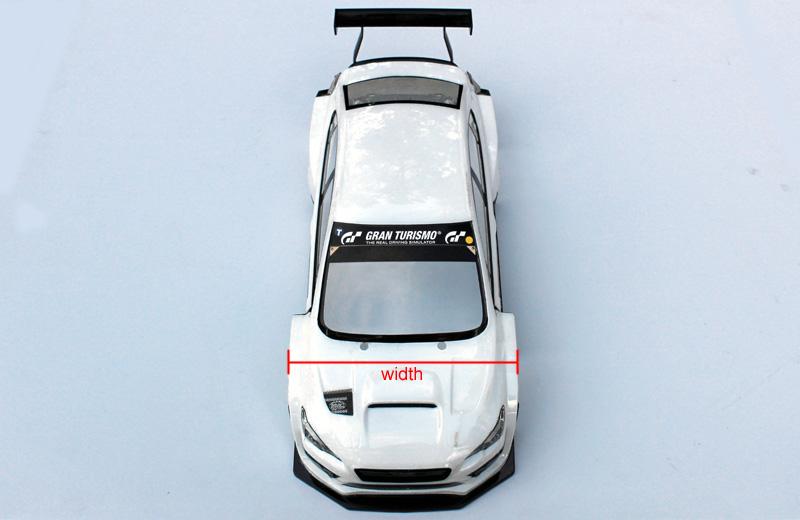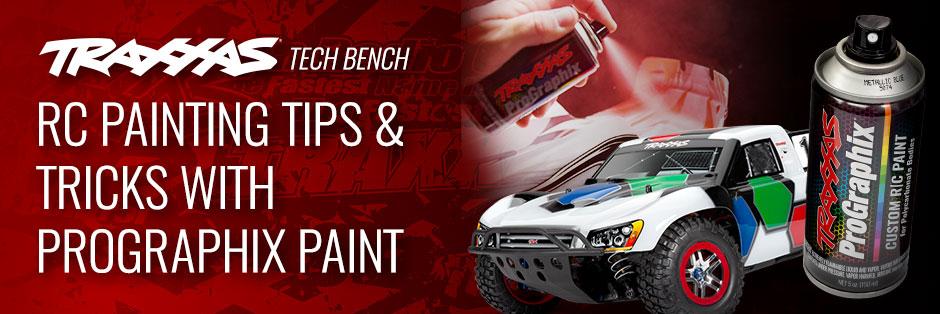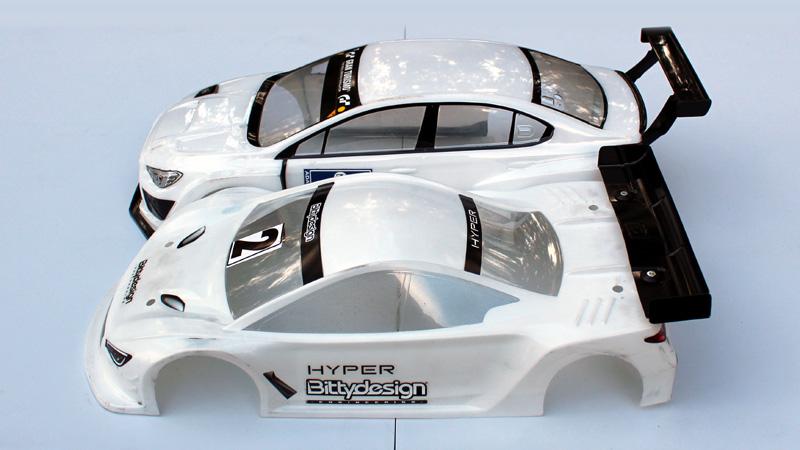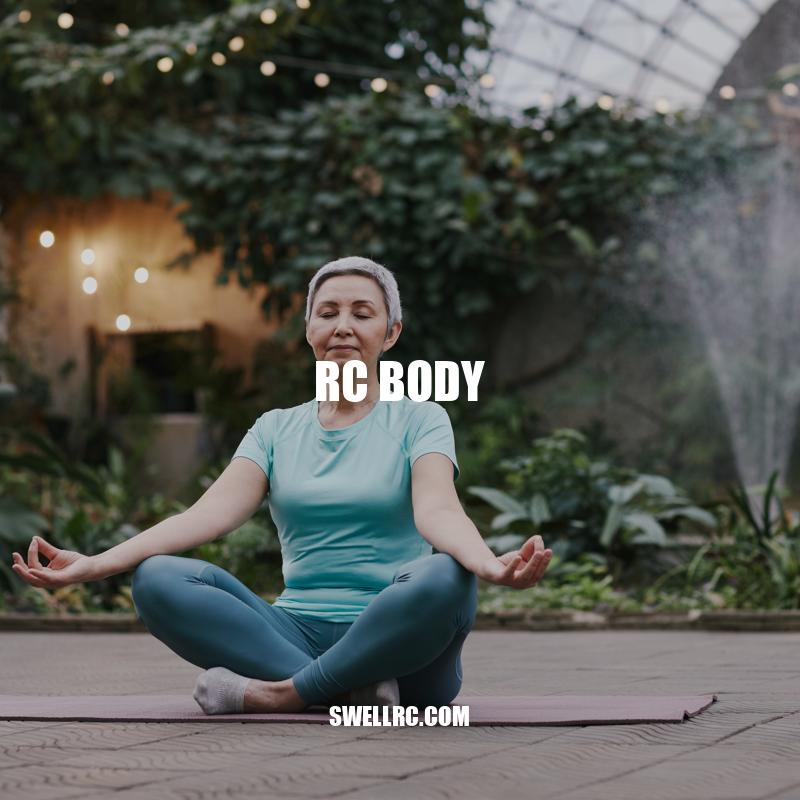Exploring the Types and Benefits of RC Car Bodies
RC body is an essential component of remote-controlled cars. It refers to the outer shell of the vehicle, which gives it its unique appearance and style. RC bodies often have detailed designs, colors, and decals that make them resemble real-life cars. RC bodies come in various shapes and sizes, depending on the style of car and the driver’s preferences. There are bodies designed to look like classic muscle cars, modern supercars, and even off-road vehicles. Some RC bodies are made of lightweight plastic, while others are crafted from more durable materials like polycarbonate or fiberglass. The type of body used can affect the car’s performance, as well as its appearance.
Types and Materials of RC Bodies
RC bodies come in various shapes and sizes, depending on the style of car and driver’s preferences. Some of the common types of RC bodies are:
- Classic muscle cars
- Modern supercars
- Off-road vehicles
- Trucks and SUVs
RC bodies can be made from different materials, such as:
- Lightweight plastic
- Polycarbonate
- Fiberglass
- Carbon fiber
Each type of material has its advantages and disadvantages, influencing the performance as well as the overall appearance of the vehicle. Many online shops offer a wide variety of RC bodies for purchase, and some even offer custom designing services to provide a unique and personalized look for the car. In addition, there are websites dedicated to RC enthusiasts where they can discuss the latest trends, exchange ideas and show off their customized RC models.

What are some advantages and disadvantages of the different materials used to make RC bodies?
Advantages of different materials used to make RC bodies include durability, weight reduction, and improved aerodynamics. Disadvantages include higher material costs, difficulty in repairing some materials, and reduced visibility due to some materials being opaque.
Customizing your RC body: Bringing out the best in your car
Customizing the body of an RC car is an exciting activity for many enthusiasts. Here are some details on how to customize the RC body:
- Painting: The body can be painted in various colors and patterns to make it stand out. Custom designs and decals can make the car look unique and personalized.
- LED lights: Adding LED lights to the car’s body can enhance its appearance and make it more visible at night.
- Additional accessories: Some enthusiasts add spoilers, body kits, or other accessories to their car’s body to achieve a specific look or improve its performance.
Here is an example of a table comparing different types of RC bodies based on their weight and durability:
| Body Material | Weight | Durability |
|---|---|---|
| Lightweight plastic | Light | Fair |
| Polycarbonate | Medium | Good |
| Fiberglass | Heavy | Excellent |
| Carbon fiber | Very light | Exceptional |
For example, it is interesting to know that some enthusiasts create custom RC bodies from scratch using 3D printers or other modeling techniques. There are also several websites, such as RC Universe and RC Groups, where enthusiasts can share ideas, ask for advice, and showcase their customized RC cars.

What are some materials used to make RC car bodies and how do they compare in terms of weight and durability?
Some materials used to make RC car bodies are polycarbonate, Lexan, ABS plastic, and fiberglass. Polycarbonate and Lexan are lightweight but can be prone to cracking, while ABS plastic is heavier but more durable. Fiberglass is the most durable option but also the heaviest.
Factors to Consider when Choosing an RC Body
The body of an RC car can affect its performance, so it’s essential to consider the following factors when choosing an RC body:
- Weight: A lighter body provides better acceleration and handling, while a heavier body can improve stability and traction.
- Aerodynamics: A streamlined body can increase top speed and reduce air resistance, but may sacrifice stability.
- Ground clearance: Off-road bodies need higher ground clearance to tackle rough terrain, while on-road bodies need low ground clearance for better handling.
Some popular RC body brands include Proline, J Concepts, and Team Losi Racing. These companies offer a range of styles and materials to suit different needs. It’s important to do proper research and read online reviews before purchasing an RC body to ensure that it meets your expectations and is compatible with your car. Some online retailers, such as Amain Hobbies and Horizon Hobby, offer a wide selection of RC bodies and other accessories.

What are some popular RC body brands and where can they be purchased?
Some popular RC body brands include Proline, JConcepts, and Team Associated. These can be purchased at hobby stores or online retailers such as Amazon or Tower Hobbies.
RC car enthusiasts often spend a lot of time and money customizing their cars with unique and eye-catching RC bodies. The possibilities for customization are endless, from painting and decaling to creating custom bodies from scratch. Customizing an RC body is not only a way to express your personality or creativity, but it can also enhance the performance of your car. For example, a custom body that is designed for speed or off-road use can improve handling and acceleration.
However, it’s important to note that some leagues and competitions have specific rules for RC bodies, so it’s crucial to research and follow those guidelines if you plan to participate. In addition, some bodies may not be compatible with certain RC cars or accessories, so it’s vital to check compatibility before purchasing a body.
In conclusion, the RC body is a crucial element of any RC car, providing both aesthetics and performance benefits. RC bodies come in a range of styles, materials, and shapes, and customization options are endless. Whether you’re a casual hobbyist or a serious racer, choosing the right RC body can take your driving experience to the next level. Just remember to do proper research, follow rules and guidelines, and check compatibility before making a purchase. Happy driving!



